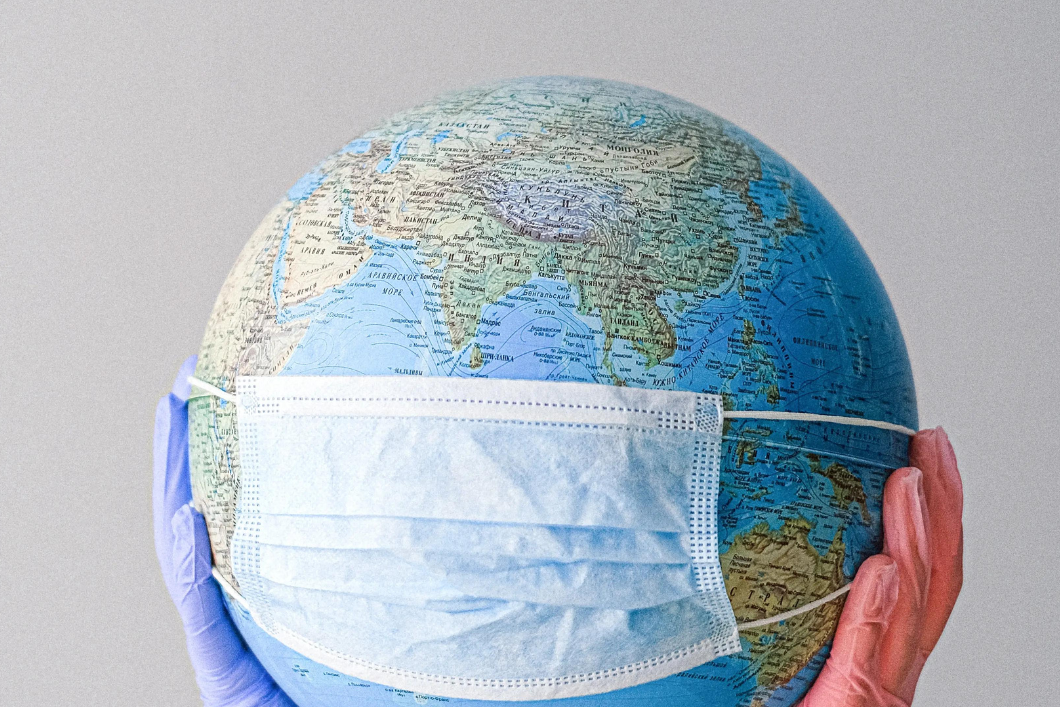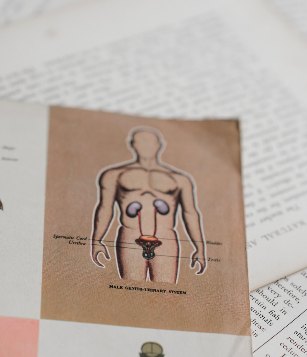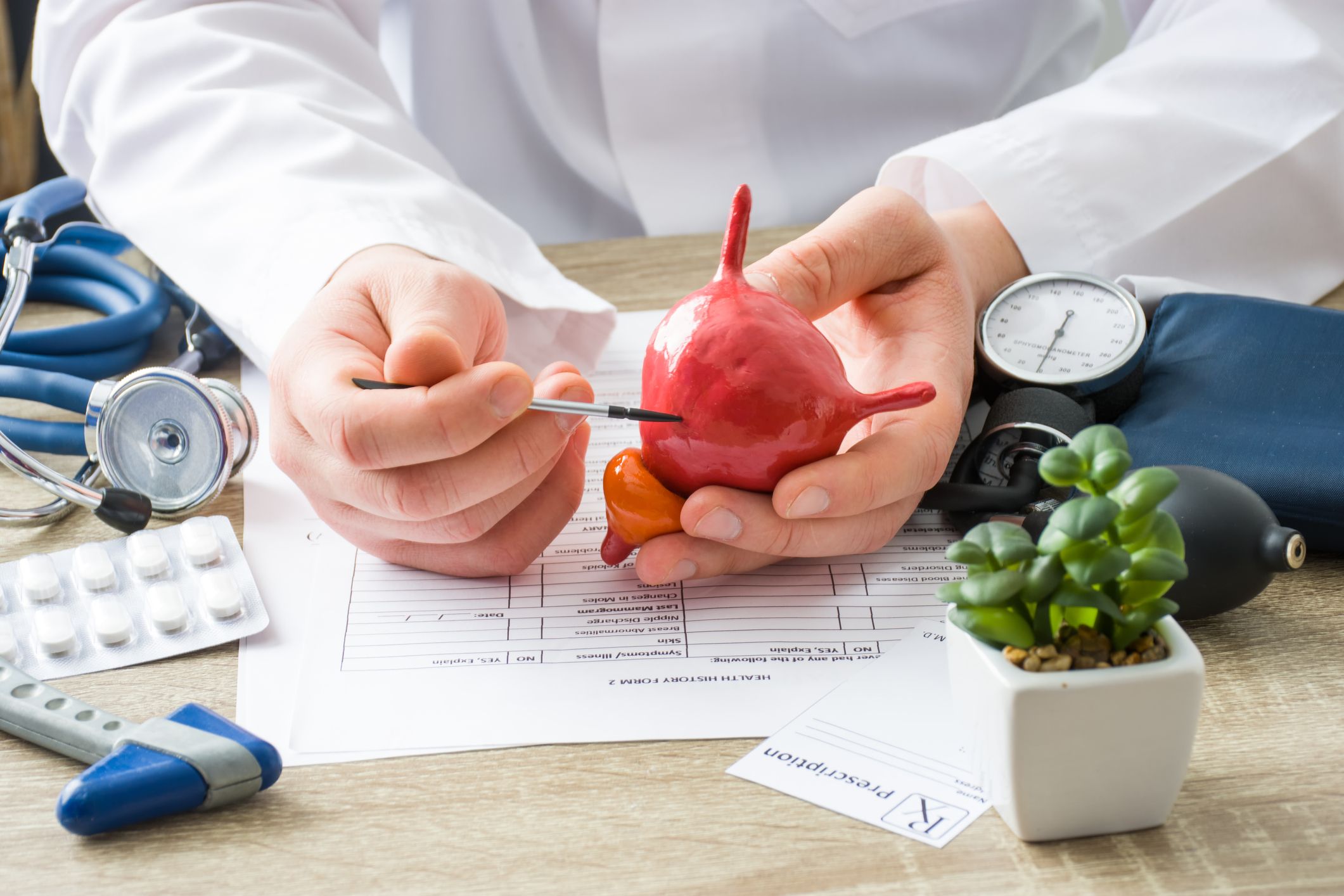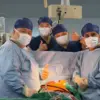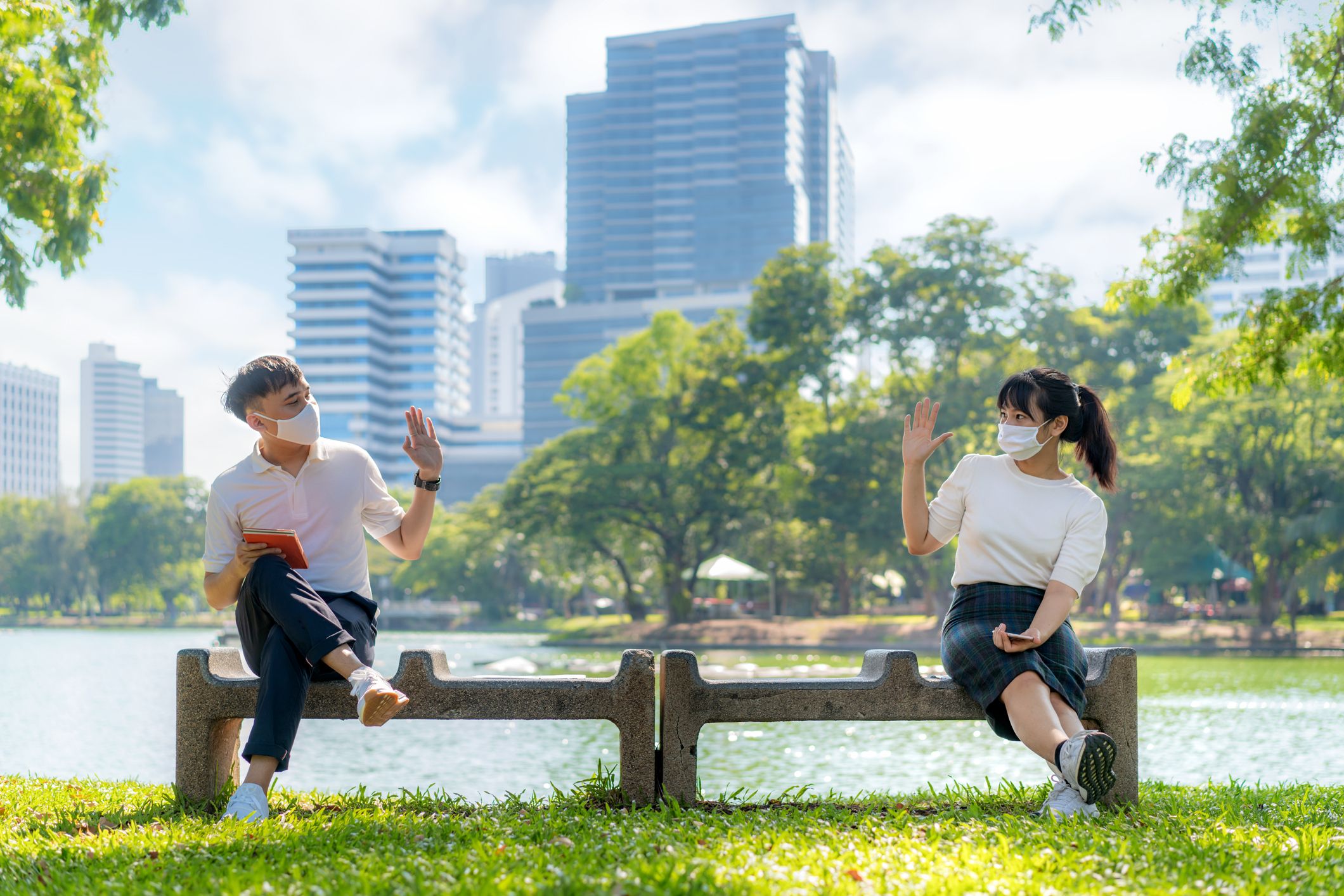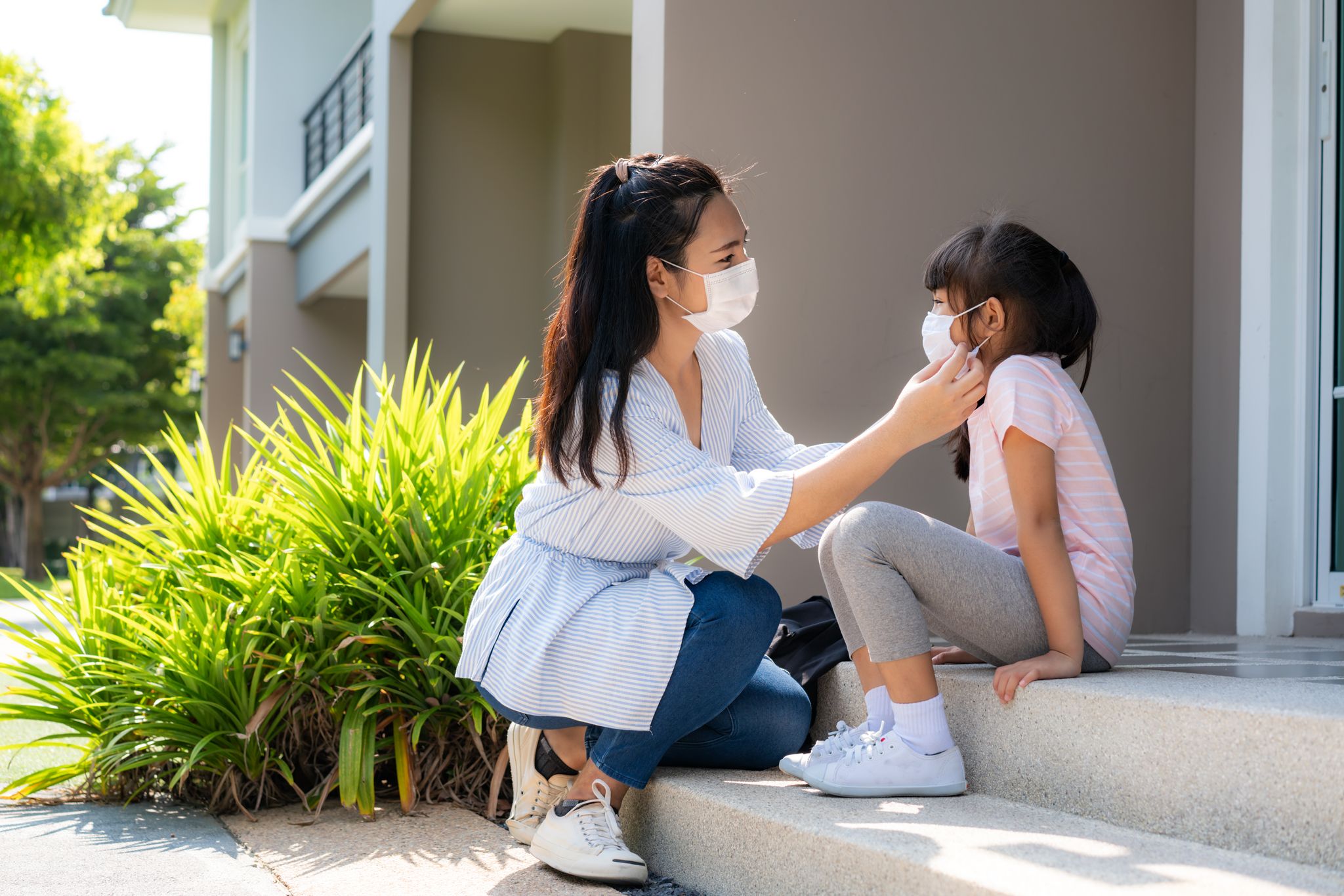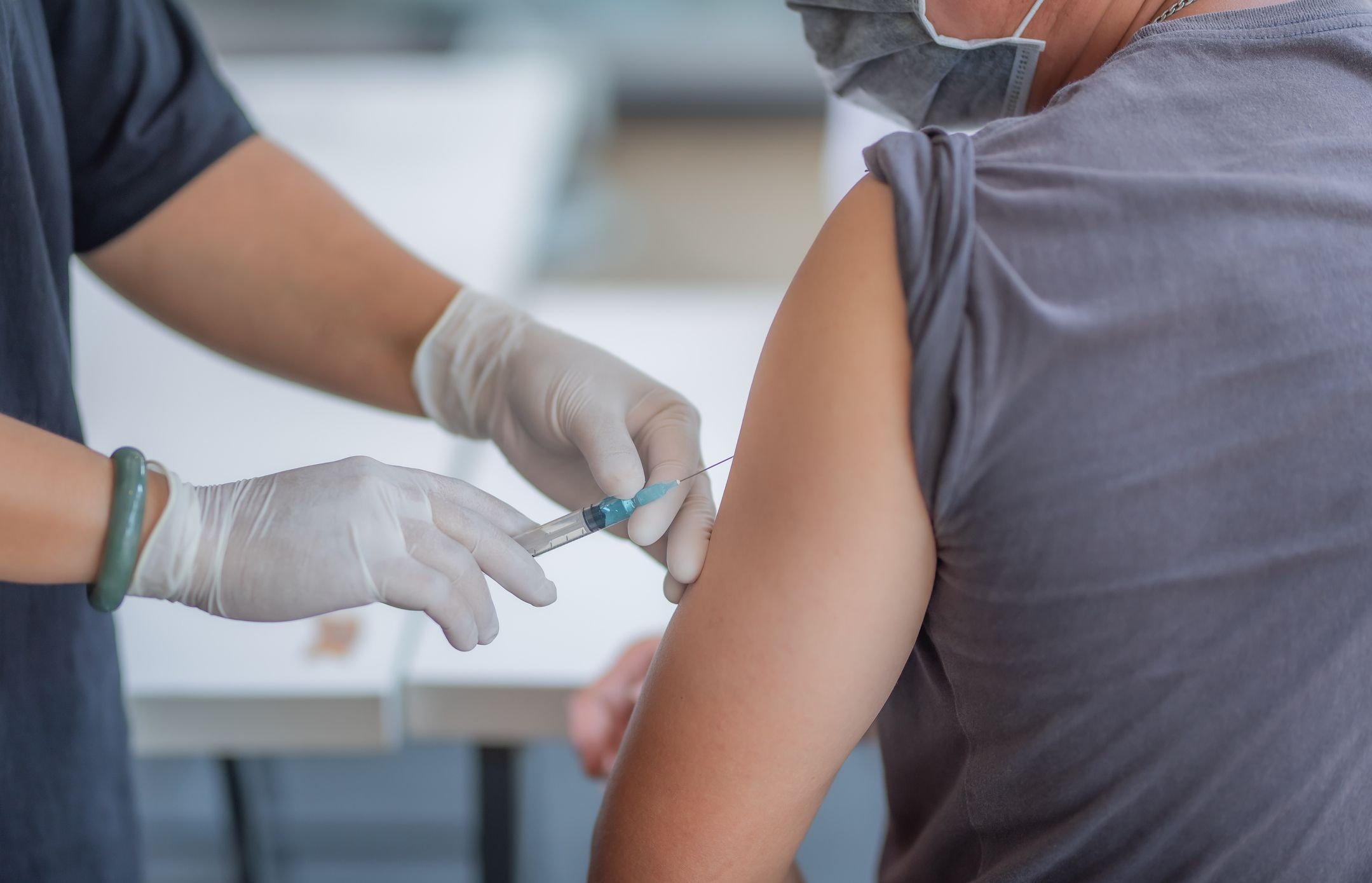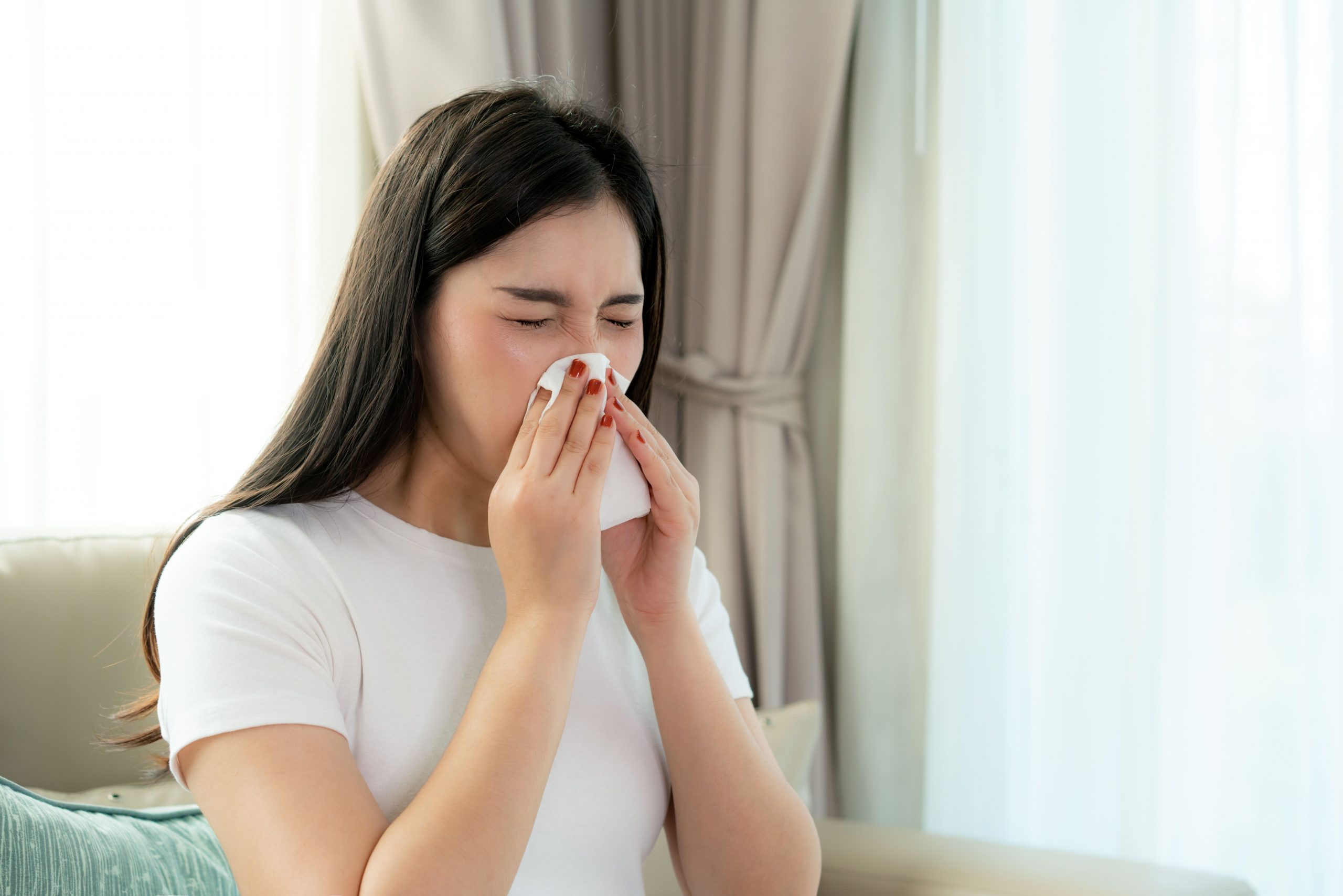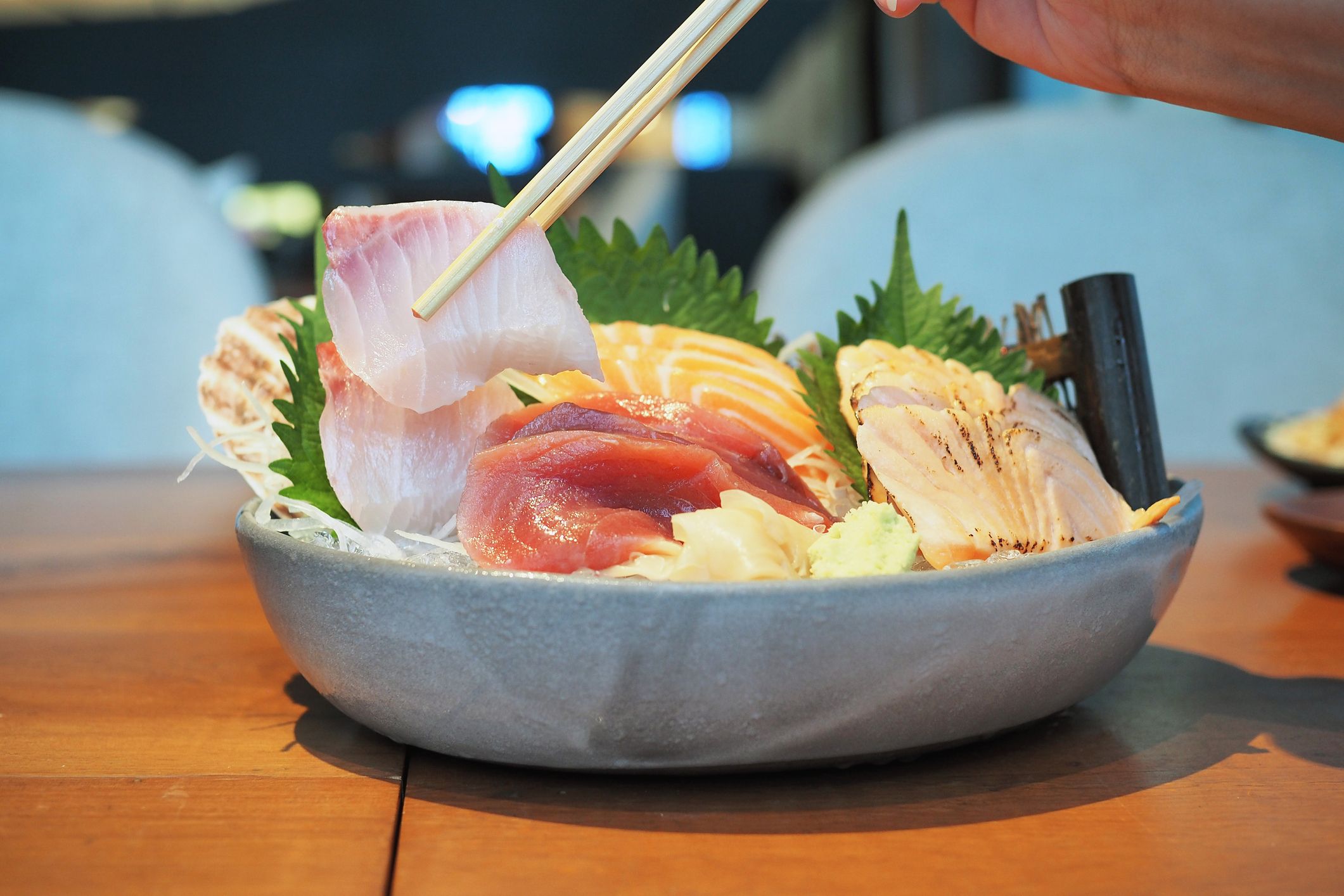COVID-19
Safe Covid-19 practices when returning to work in shared offices
Having a Covid-19 workplace health and safety plan in place can help to stop the spread of the pandemic and safeguard the wellness of employees and clients.
This article has been verified medically by Dr Leong Hoe Nam, infectious diseases specialist at Rophi Clinic, Mount Elizabeth Novena Hospital (Singapore).
About the Doctor
Come August 19, 2021, up to 50 per cent of the workforce will be able to return to the office and resume social gatherings with their colleagues in groups of five. Does your workplace have a Covid-19 resilience plan in place to safeguard the health and safety of employees, contractors and clients?
Follow us on WhatsApp for the latest updates: https://bit.ly/AsiaMDWhatsAppEN
According to Bloomberg’s Covid Resilience Ranking, Singapore is at 11th place, behind Mainland China at 9th and Belgium at 10th. Malaysia and Indonesia are at the bottom of the charts at 52nd and 53rd place respectively. The Covid Resilience Ranking is a monthly snapshot of where the virus is being handled the most effectively with the least social and economic disruption. The best-performing economies are where vaccination is driving disease containment and underpinning reopening.
Singapore has met its target to immunise 70 per cent of its population by August 9, 2021. On August 10, Singapore embarked on the first stage of a four-step plan to open up its economy and move towards treating the virus as endemic. AsiaMD.com looks at building and construction guidelines, as well as expert recommendations that you may find useful.
Is your building “healthy”?
A healthy building refers to a building that supports the health and well-being of the people working and living within it and its surrounding environment.
According to Joseph G. Allen and John D. Macomber, who wrote the book Healthy Buildings: How Indoor Spaces Drive Performance and Productivity, these are the nine Foundations of a Healthy Building:
- Ventilation
- Air quality
- Thermal health
- Moisture
- Dusts & pests
- Safety & security
- Water quality
- Noise
- Lighting and views
After a Covid-19 cluster surfaced in Tan Tock Seng Hospital in May 2021, the possibility that Covid-19 was more easily transmissible in enclosed buildings with poor airflow and ventilation came under probe. Shortly after, on May 25, 2021, the Building and Construction Authority (BCA) of Singapore issued updated recommended measures to developers and estate managers, to enhance ventilation and air quality in non-residential indoor spaces. These updated guidelines are aimed at reducing disease transmission.
Here are the recommended measures by BCA for air-conditioned premises with centralised air-conditioning system.
- Ensure that ventilation systems are in good working order:
- Maximise ventilation for indoor air dilution.
- Purge indoor air before occupancy every day.
- Minimise indoor air recirculation; use high-efficiency filters in air handling units (AHUs) to treat recirculated air.
- Increase ventilation in premises with limited ventilation and air filtration provision (e.g. meeting rooms with only fan coil unit)
These are the recommended measures for enclosed air-conditioned premises running on split-unit air-conditioners, or fan coil units (FCUs) without fresh air supply.
- Increase ventilation and enhance air exchange by opening operable windows and doors as frequently as possible, unless outdoor air quality is poor. Operate exhaust fans (e.g. toilet, kitchen) at full capacity to expel air.
- Consider installing window-mounted exhaust fans to enhance ventilation.
- In enclosed spaces with high risk of disease transmission, portable air cleaning devices for localised air cleaning may be considered as an interim measure. Portable air cleaners should be equipped with high-efficiency air filters such as HEPA filters, which are effective at removing virus aerosols. The clean air delivery rate (CADR) or equivalent of a portable air purifier should be used to determine the size and number of portable air cleaning devices needed in a space. Air cleaning does not replace the need for adequate ventilation. Regular surface cleaning and disinfection should continue, as portable air cleaners do not remove surface contamination.
- Check other systems to ensure there is no undesired air leakage into occupied spaces, including water seals in the sanitary system, cracks in pipes and ducts, and wall gaps. Rectify faults detected.
Here are the suggested measures for naturally ventilated premises.
- Cross ventilation is significantly more effective than single-sided ventilation.
- Increase natural ventilation with fans. Keep windows and/or doors open at all times, unless outdoor air quality is poor or the weather condition does not allow.
- Consider installing window-mounted exhaust fans to enhance ventilation.
- Check other systems to ensure there is no undesired air leakage into occupied spaces, including water seals in the sanitary system and cracks in pipes and ducts. Rectify faults detected.
How to clean an office building before resuming work
If your building has not been occupied for a while, there’s more to do than just switching on the lights and air-conditioner before welcoming people back inside. The United States’ Centers for Disease Control and Prevention (CDC) has published a set of recommendations for employers, owners and managers, and operations specialists who are reopening their facilities for the first time after an extended period of absence.
Before resuming business operations, check the building to see if it’s ready for occupancy.
- Evaluate the building and its mechanical and life safety systems to determine if the building is ready for occupancy. Check for hazards associated with prolonged facility shutdown such as mould growth, rodents or pests, or issues with stagnant water systems, and take appropriate remedial actions.
- Ensure that ventilation systems in your facility operate properly. For building heating, ventilation, and air conditioning (HVAC) systems that have been shut down or on setback, review guidance provided in ASHRAE Standard 180-2018, Standard Practice for the Inspection and Maintenance of Commercial Building HVAC Systems.
- Increase circulation of outdoor air as much as possible by opening windows and doors if possible, and using fans. Do not open windows and doors if doing so poses a safety or health risk for occupants, including children (e.g., a risk of falling or of breathing outdoor environmental contaminants such as carbon monoxide, moulds, or pollen).
- To minimise the risk of Legionnaires’ disease and other diseases associated with water, take steps to ensure that all water systems and features (e.g., sink taps, water coolers, decorative fountains) and water-using devices (e.g., ice machines, cooling towers) are safe to use after a prolonged facility shutdown.
Maintaining a safe workplace
The CDC recommends that employers identify where and how workers might be exposed to Covid-19 at work.
These are its recommended actions:
- Conduct a thorough hazard assessment of the workplace to identify potential workplace hazards that could increase risks for Covid-19 transmission.
- Identify work and common areas where employees could have close contact (within 2 metres) with others — e.g. pantries, meeting rooms, break rooms, the cafeteria, locker rooms, check-in areas, waiting areas, and routes of entry and exit. Singapore’s Ministry of Manpower (MOM) says that where physical interaction cannot be avoided at the workplace, precautions should be taken to ensure clear physical spacing of at least 1 metre through physical means and demarcation of safe physical distances (at least 1m apart) using visual indicators, where possible. At common areas with high human contact, where physical meetings are held, or meals are taken, employers must clean and disinfect tables between each meeting or seating.
- Include all employees in communication plans — e.g. management, staff, utility employees, relief employees, janitorial staff, and maintenance staff.
- If contractors are employed in the workplace, develop plans to communicate with the contracting company about changes to work processes and requirements for the contractors to prevent transmission of Covid-19.
Singapore’s MOM has issued a list of requirements for safe management measures at the workplace. In general, employers are encouraged to allow employees to work from home wherever possible.
For employees at the workplace, these are the precautions employers must have in place:
- Stagger start times and allow flexible workplace hours to spread out staff across different timings and locations. This will reduce congestion on public transport as well.
- Refrain from cross-deploying employees across worksites.
- Employers should avoid organising work-related events unless critical (e.g. training session). All work-related events9 that proceed must adhere to prevailing workplace Safe Management Measures and are subjected to the following requirements10:
- The number of persons per event must be capped at 50 persons to limit the risk of exposure to infection.
- Attendees must maintain at least 1 metre safe distancing between individual attendees, as per the requirement at the workplace.
- Food and drinks are not allowed at work-related events.
For more details on implementing Safe Management Measures at the workplace, managing confirmed cases and sector-specific guidelines, please click here.
Workplace measures to prevent spread of infection
The World Health Organization has summarised how workplaces can prevent transmission of diseases.
- Make a clean entrance. Provide hand sanitiser dispensers at entrances, exits, and in prominent places throughout the workplace. Consider setting up a clean entrance system at the lobby where hands and soles of feet can be simultaneously sanitised.
- A clean workplace is a healthy workplace. Clean and disinfect all frequently touched surfaces like work stations, tables, telephones and door handles.
- Communicate ways staff can stay safe. Discourage staff from making physical contact with each other, including shaking hands, fist-bumping and hugging. Remind staff to frequently wash their hands for at least 20 seconds with soap and water.
- Organise safe meetings. Hold only small gatherings, ensure physical distancing and use technology to stay connected.
- Stay healthy and active. Reduce the use of elevators and take the stairs where possible.
- Be active during breaks. Take a walk outside and enjoy the fresh air instead of remaining indoors.
- Take steps to ensure food safety. During food preparations and before and after eating, wash hands thoroughly with soap and water, or rub hands withs a hand sanitiser for 20 seconds.
- Ensure a safe and healthy environment. Show consideration to others by coughing or sneezing into your elbow. According to Singapore’s MOM guidelines, masks should be worn at all times, except during activities which require masks to be removed. Observe good personal hygiene, such as washing hands with soap and water after using the toilet.
- Let fresh air in when possible. Open a window to ventilate rooms if possible.
- Maintain physical distancing. If physical distancing is not possible, consider having the meeting outdoors.
- Stay home of you are sick. Employees can be instructed to take their own temperature at home prior to coming to work. Should they develop a fever, cough or runny nose, they should not go to work. They should also inform their supervisor if anyone at home has fallen ill or is a suspected Covid-19 case.
There is a lot to be done, but only by adhering to all these precautions does Singapore stand a chance in becoming a Covid-resilient economy.




